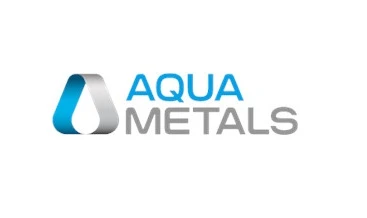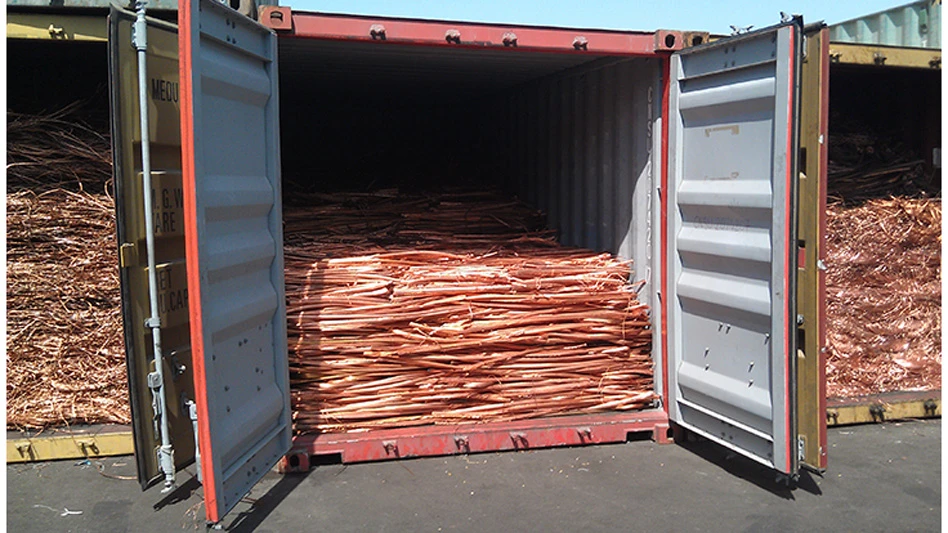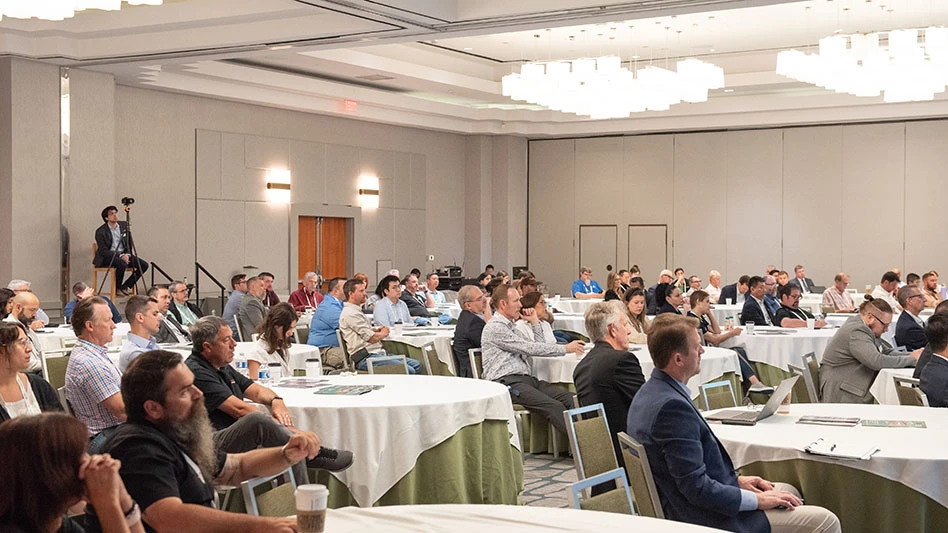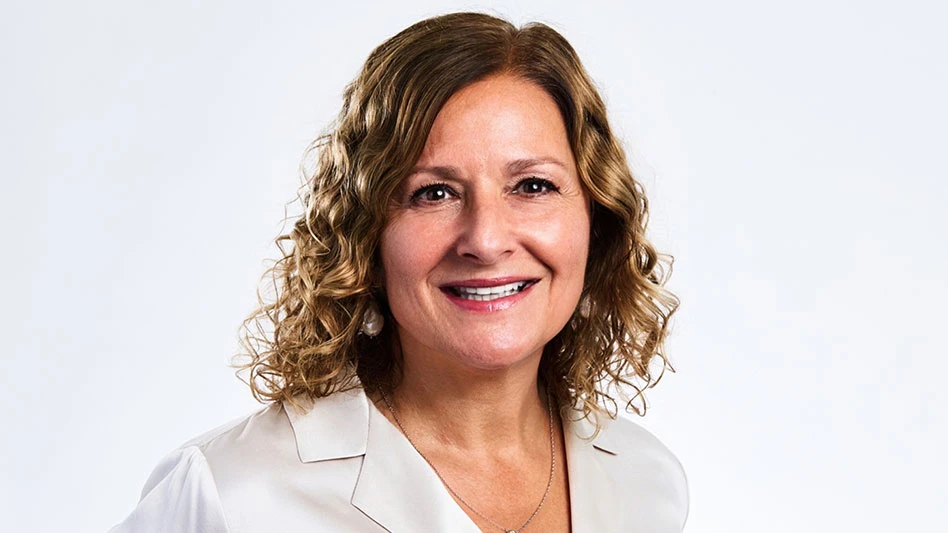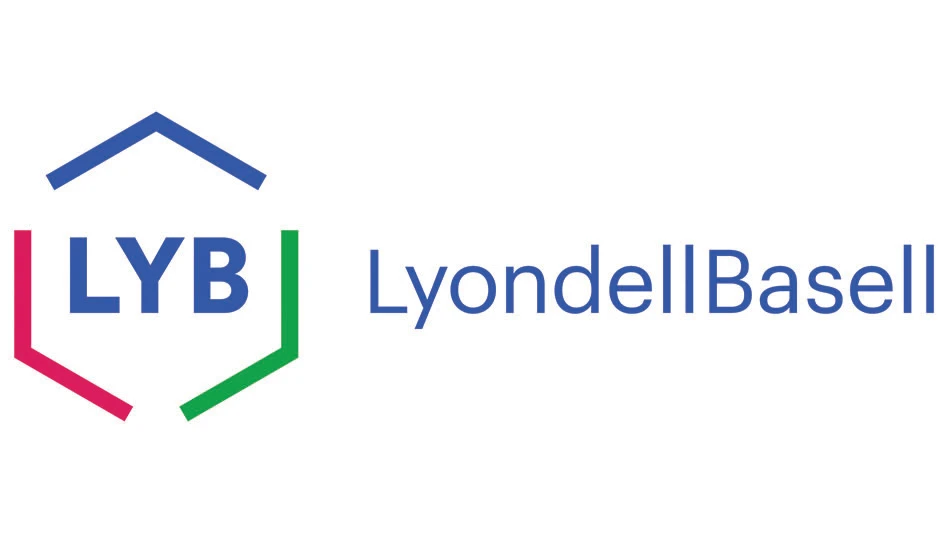
Whether it’s an issue with logistics, quality issues, unpredictable inventory or index pricing skepticism, recovered paper buyers have their share of challenges. However, it seems a consistent factor in overcoming these obstacles is the relationship these mill buyers have with their suppliers.
During the 2021 Paper & Plastics Recycling Conference Webinar Series, Bill Moore, president of Atlanta-based Moore & Associates, led a panel discussion with several mill buyers that originally aired Oct. 27. They touched on the challenges they are facing, projections for the future and overall operational changes in the recycling industry. Panelists included Dave Young, regional manager of Indianapolis-based Integrity Fiber Supply; John Grinnell, vice president and general manager for Delaware, Ohio-based Greif; and Andrew Kern, fiber procurement manager for Smurfit Kappa North America, Irving, Texas. Below are edited excerpts from their discussion.
Bill Moore (BM): In the broadest sense, how should the quality of materials be managed?
Dave Young (DY): I think you have to bring automation into it. I think that we’ve seen an advancement in automation. MRF (material recovery facility) operations are having labor issues right now, and we’ve seen less and less physical sortation going on and more and more automated sortation. I think in those beginning stages of automation, there’s some quality issues, and I think that’s part of the decrease in quality that you’re talking about as well, not just the inverse relationship with pricing.
Andrew Kern (AK): As far as automation goes, I think the question becomes more focused on how good of a job the automation can do. The trends are definitely there to sort the more valuable and sought-after grades out of the mixed paper. We also have to better understand what a potential supplier’s inbound consists of and how that impacts the outbound. You have to know your suppliers intimately and pay attention to what they are involved in and what they are doing.
BM: What role does recovered paper inventory play in your buying patterns? How do you manage it?
John Grinnell (JG): While it plays a role, [the] role is relatively small. When we think about what we can do from an inventory point of view, there’s no more than a few days of buffer that can really be created. In tight markets, we’re going to want to try and create some of that. We do it to provide predictability and continuity to our mills. One of the biggest considerations with inventory for us is always going to be safety. Do we have the space to handle and store that material in a way that’s safe to operate?
AK: For our mill operations in Texas, we’re 100 percent recycled. Kudos to our mill operators; they’re very consistent in their consumption levels. So, inventory for us a lot of time is just managing and keeping an appropriate amount on hand, but it’s also about keeping the flow from our suppliers moving. There’s only so much extra inventory that you can hold. It’s more about maintaining consistent flow. We lean heavily on relationships with recycling plants to balance the fluctuations in inventory levels, and that can also mean calling on suppliers to give extra if they can or hold back on a few tons when necessary.
BM: What kind of influence do logistics-related issues play in your vision for inventory planning?
JG: I’ll say it has some influence. We are looking to be able to leverage what opportunities we have within the footprint across our business to be able to have a better inventory buffer for our system because going into weekends—particularly as we went through this summer going into holiday weekends—was an absolute challenge. It really required a huge amount of activity to make sure that we were going to be ready for those weekends if we weren’t receiving over the weekend into the mill.
AK: We’ve always had a substantial company-owned fleet of trucks, so that certainly helps with our supply line. It also helps us ensure appropriate inventories during holiday periods. The biggest fundamental change is that in years past you could count on certain amounts to continue to run on weekends and holidays, but now it’s critical to plan to build up ahead of these lulls. It is more critical now to do a week-to-week analysis on shipments and anything inbound. I don’t think it’s dramatically changed how we manage inventory. But what has changed is that we’ve had to put more of a focus on asset-based carriers. It’s more nuanced than it ever used to be when you could just call up the guy that could get you the best rate.
DY: We probably are leaning on our corporate-owned assets more than we have in the past. You have to be careful and know who’s asset-based and who’s not, but we use a combination of both. As far as inventories and having things available, one advantage that I’ve got is that we do hold kind of a private Integrity Fiber Supply inventory as well as having a mill inventory. We keep it logistically safe and logistically sound, especially for the holidays.
“We lean heavily on relationships with recycling plants to balance the fluctuations in inventory levels, and that can also mean calling on suppliers to give extra if they can or hold back on a few tons when necessary.” – Andrew Kern, Smurfit Kappa North America
BM: What are the top objectives that you consider when developing partnerships with recovered fiber suppliers?
DY: We’re interested in more contracting than we had [been] in the past. First off, logistically, are they within our range? Can they provide a big enough quantity for us? We look at quantity, we look at logistics [and] we look at quality.
AK: On consistency and cost, there’s an element to that that should be broken out. The consistency is not just the consistency of the quality from the suppliers and the grades that they can provide for us, but the consistency of the volume that is shipped on a monthly basis and the consistency of the service that they can provide shipping, as well as [the consistency] we can [provide]. So, it’s got to be a good fit for both parties.
JG: On consistency, I would add that obviously as we go through these strong market cycles, we look to establish partnerships with suppliers where they can count on us being there to move their material when the market is soft, when the demand is slow. We’re going to find a way to make sure that waste fiber does not become a problem for them. In turn, we look for suppliers who are there for us when we really need them for our mill systems. That kind of consistency on both sides is really what makes for success in the business.
BM: What’s been the biggest change that you’ve seen in recovered paper buying over the last five years? Also, what kind of changes do you see happening in the future?
AK: The biggest change has been the volatility of all recovered fiber markets. I think the challenge is the static nature of generation. Prices can plummet, and the need for material can plummet, but the generation levels don’t dramatically shift on the downside, and they don’t dramatically shift up on available tons on the upside.
DY: The ebbs and flows of the export situation in the last few years have been adding to that volatility.
What do I see coming in the future? I think we could have threats of reduction of use of cellulose fiber potentially in the packaging side of things. We have cross contamination, possibly, and the fact that we’ve got potential waste-to-energy projects that could poach part of the fiber stream.
JG: I think that volatility is the issue, and it’s just [been] the job of the mill buyer over the last 18 months [to manage the volatility issues]. It’s been a very difficult job, because we’ve seen certain types of fiber that are just almost impossible to find today based on what’s occurred with COVID-19. We’ve got logistics falling apart.
BM: What role have written contracts played in your buying patterns, and how have they changed over time?
AK: Our approach has long been a consistent month-to-month in consumption levels and year-to-year growth on what they’re producing and therefore consuming. Contracts have always been something that we’ve heavily valued and sought after, and we’ve always tried to retain a fairly high level of contracted business for the mill. We don’t have huge fluctuations, so it’s very easy to maintain those contracts at high levels.
What I’ve observed, especially in light of the last year, is that it’s “in vogue” again for contracts. But, two or three years ago, there wasn’t a lot of desire for contracts because the markets were compressed.
JG: Contracts represent the minority of the business we do. We have a whole bunch of business that we operate with as if we’re on a contract, and we have agreements in place about what the expectations are.
DY: It depends where the contracts are, to a certain degree. Who breaks them? Who doesn’t? I think on the retail level, there’s probably less. But the bottom line is they are another tool for potentially stabilizing cost [and] for hedging into the future. I see an increase in the use of contracts in the future because of shrinking fiber supply. I think that people are going to use them as a tool for sustainability.

Explore the December 2021 Paper Recycling Supplement Issue
Check out more from this issue and find your next story to read.
Latest from Recycling Today
- APR, RecyClass release partnership progress report
- Clearpoint Recycling, Enviroo sign PET supply contract
- Invista expanding ISCC Plus certification program
- Redwood partnership targets recycling of medium-format batteries
- Enfinite forms Hazardous & Specialty Waste Management Council
- Combined DRS, EPR legislation introduced in Rhode Island
- Eureka Recycling starts up newly upgraded MRF
- Reconomy Close the Gap campaign highlights need for circularity

